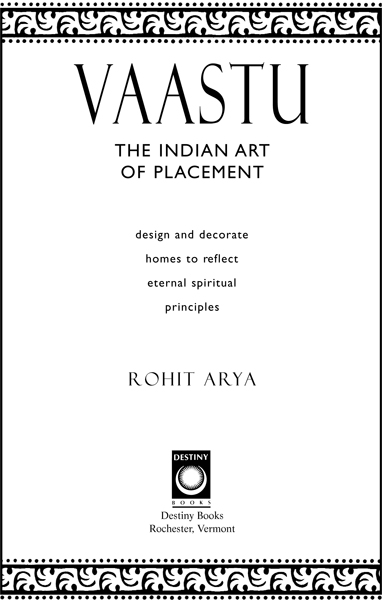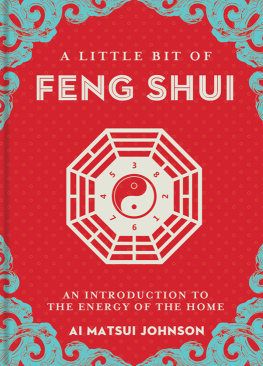
CONTENTS


INTRODUCTION
 Architecture is one of humankinds greatest means for celebrating our place in the natural world. It is a conscious, rational effort to create harmony. The spirit of the world is acknowledged, even as structures are reared to make it more manageable. Architecture is also a phenomenon of urban life. The country house was too close to nature to attempt to order it, but the city or town uses architecture as an act of self-assertion in the face of natures harsh realities.
Architecture is one of humankinds greatest means for celebrating our place in the natural world. It is a conscious, rational effort to create harmony. The spirit of the world is acknowledged, even as structures are reared to make it more manageable. Architecture is also a phenomenon of urban life. The country house was too close to nature to attempt to order it, but the city or town uses architecture as an act of self-assertion in the face of natures harsh realities.
India can lay claim to the oldest urban settlements ever known to humankindthe towns of the Harappan plains, circa 3000 B.C. It also had a culture that adored and exalted nature yet used one wordnagarikato describe both the city dweller and the cultured human being. Architecture in India therefore had very strong urban moorings from its inception.
Fortunately, Indian culture has always valued the transcendent cosmic aspects of art. Hence the striking distinctiveness, the idiosyncratic originality, of vaastu shastra, the Indian art of placement. Vaastu shastra reaches out to the universe even as it simultaneously imposes structure upon it. It is a strange amalgam of science and religion, of design and instinctperhaps inevitable for a practice that has lasted over two millennia and has only now been taken off the list of endangered arts. Vaastu concerns itself with the subtle complexities of the energy system that is a human being in relationship to both the natural and designed environments. Its links with geomancy are especially strong, and its fundamental philosophy is in agreement with feng shui, even though both differ widely in details. To state it simply, vaastu is the creation of forms that are in harmony with the natural laws of the cosmos.
At its most practical, vaastu lays down certain principles that orient and plan each element of a building from the big-picture considerations such as shape and size to the details of where windows and doors should be placed. In traditional India, building a house was not just an investment for the future. It was also a religious act, one of the vows made by the groom to the bride. She accepted him on the condition that he build an edifice for the public good: a way-side shelter, a temple, or an inn. The private and public spheres of a persons life were never considered to be separate compartments. The individual expression of self, manifest in building a house, was always to be tempered by the deference to traditional wisdom and its principles. Such balance was believed to bring about prosperity and the contentment of an enriched public life. For, as defined in the Rig Veda, vaastu is derived from the phrase vasanti praminae yatra, a place where living beings reside. To make such a place a representative of the cosmos was therefore an attempt to live life more fully.
This book seeks to keep alive the spirit of vaastu. Wisdom is not restricted by history, time, or culture. The moment is now for vaastu to take its place on the honor roll of ancient arts of the world, and become accessible to all.
THE HISTORY OF VAASTU
 The great gods in Hinduism form a triadBrahma the Creator, Vishnu the Preserver, and Shiva, He Who Dissolves Creation. In popular mythology these three great gods are prone to errors of action; their superabundant energies cause them to act before considering the results that may follow.
The great gods in Hinduism form a triadBrahma the Creator, Vishnu the Preserver, and Shiva, He Who Dissolves Creation. In popular mythology these three great gods are prone to errors of action; their superabundant energies cause them to act before considering the results that may follow.
One such mistake was committed by Brahmaever prone to such mishapsbecause he couldnt resist experimenting with creation. Out of the void Brahma created a humanoid form so monstrous that, on the humanoids day of birth, his shadow fell across the earth like a second night. When this giant began to expand at an alarming rate, Brahma was pleased; his powers of creation had lost none of their vibrancy. But to the universe at large, this ever expanding creature was a source of terror, for he was hungry. He bellowed across the wastes of space that he would satisfy his hunger with anything in his path.
The lesser gods complained bitterly to Brahma. Why must we bear the consequences of your creative fits? This creature will devour us first, you later, and all of creation in the end. Do something!
Brahma, suddenly sobered by these plaints, realized his responsibilities to the other progeny of his creation. He assembled a task force of the asthadigapalakas, the guardians of the eight cardinal directions. Together they snuck up behind the monster and, in an unchivalrous but effective move, hurled themselves onto him in a cosmic tackle, squashing him flat onto the earth. Brahma added his considerable weight to the center, and literally ground the monster down into the soil. Eventually forty-five gods were employed to sit on the monster and keep him in place; their positions can be seen on the classic grid used by Indians to decipher the vaastu of any site ().
Now it was the monsters turn to complain. Why do you gods punish me for behaving according to my nature, a nature Brahma gave me to begin with? Is this fair? And by the way, I am still hungry!

Figure 1. The vaastu grid.
Brahma felt the humanoids arguments had merit, so the great god worked out a compromise. The demon would become immortal, provided he did not budge from his place on the earth. And in the future any person who built a structure of any kind could do so only after worshiping the demon, newly named Vaastu Purusha. Those who followed this order would be blessed; they who did not would risk the demons wrath. This story would ever be fresh, reminding people of their obligation to feed the hunger of Vaastu Purusha, who now became part of the earth itself.

Myths always conceal some eternal principle. We can see Vaastu Purusha as the conscious life energy of the earth. It is a male principle, the yang to the yin of the Mother Goddess Earth. The actual life force of Earth is called vastu, while the manifestation of this force in all objects that reside within or on the earth is called vaastu. Vas means to live or, even better, to be. Many attempts have been made to link Vaastu Purusha to the eternal Purusha, the Primordial Man of the Vedas and Upanishads, who sacrificed himself so that the universe might come into being. Thus, by worshiping Vaastu Purusha one develops the conscious, aware, and joyous attitude to life that is the foundation of vaastu.
As Shilpa Ratnam says, Vaastu is the energy of life. Vaastu is the ummanifest. Vaastu is the matter of all matter. Vaastu is the microcosmos, it is the macrocosmos. Vaastu Purusha is the spark of the soul within.
And yet deeper still, at a subterranean level, operates another mythical belief. Many ancient cultures have viewed man as the reflection of all creationman as a microcosmos to the macrocosmos without. That ideal worked in the temples of Egypt, Greece, and India. Indeed, in India every well-designed Hindu temple is a Cosmic Man.
Next page












 Architecture is one of humankinds greatest means for celebrating our place in the natural world. It is a conscious, rational effort to create harmony. The spirit of the world is acknowledged, even as structures are reared to make it more manageable. Architecture is also a phenomenon of urban life. The country house was too close to nature to attempt to order it, but the city or town uses architecture as an act of self-assertion in the face of natures harsh realities.
Architecture is one of humankinds greatest means for celebrating our place in the natural world. It is a conscious, rational effort to create harmony. The spirit of the world is acknowledged, even as structures are reared to make it more manageable. Architecture is also a phenomenon of urban life. The country house was too close to nature to attempt to order it, but the city or town uses architecture as an act of self-assertion in the face of natures harsh realities. The great gods in Hinduism form a triadBrahma the Creator, Vishnu the Preserver, and Shiva, He Who Dissolves Creation. In popular mythology these three great gods are prone to errors of action; their superabundant energies cause them to act before considering the results that may follow.
The great gods in Hinduism form a triadBrahma the Creator, Vishnu the Preserver, and Shiva, He Who Dissolves Creation. In popular mythology these three great gods are prone to errors of action; their superabundant energies cause them to act before considering the results that may follow.